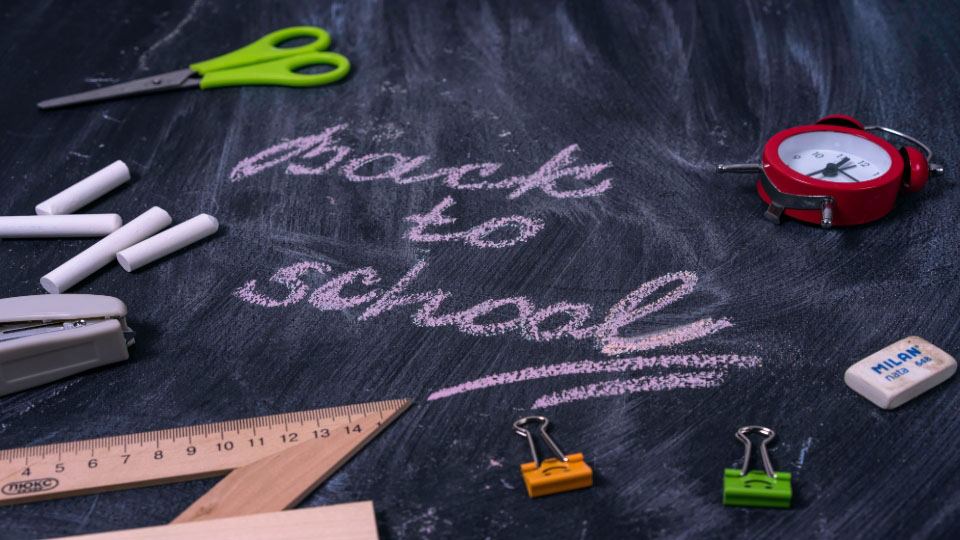How to Protect Your Eyes from Sandstorms and UV Damage in the UAE
18/04/2025

25/08/2023
Eye care for Back to School.
One of the main important learning tools for start the school is to be aware of our kid’s eyes. Uncorrected refractive error is the most common cause of poor school performance. Headache, difficulty in learning and vision impairment are things that we need to take care of at the beginning of every school year. In children, these treatable conditions can impact a child’s life through difficulties with activities of daily living, mobility, reading and fine work. This can impact on their education, personal development, and their own productivity. It is estimated that at least one third of the world’s 72 million children who are not in school have a disability, which includes those with a vision impairment.
Is it necessary to do an annual eye’s checkup?
Annual screening would be advisable in school-age children even if they are asymptomatic. Several studies show that there is a clear relationship between poor academic achievement and uncorrected refractive errors, therefore it is advisable to rule out refractive errors even in asymptomatic children.
Also, is not only important to rule out refractive defects such as myopia, hypermetropia and astigmatisms, there are other ocular conditions as allergy and dry eye that needs to be discard in children because most of the times kids do not complain at all as they may not know better.
Just as annual dental check-ups are recommended, an annual review of the eye condition is recommended.
What are the signs that should alert us to an eye problem which the child might be experiencing?
There are some symptoms that may indicate to parents and educators that the child may require an eye examination:
In general, even in asymptomatic children, annual eye exams are recommended, but if any of these above signs appear, it would be mandatory to go to the ophthalmologist to make sure that the child’s vision is not compromised.
Dr. Julia Sempere Matarredona
Consultant Ophthalmologist